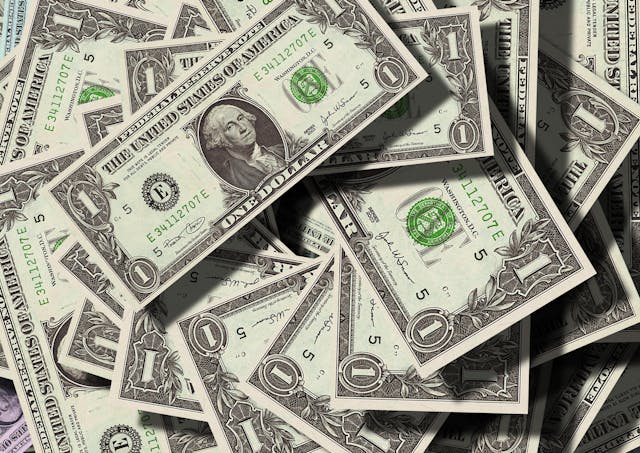The Trump administration tariffs, particularly those targeting Chinese goods, have significant potential to impact employment and the broader economy. By imposing tariffs, the cost of imported goods rises, which can lead to higher prices for consumers and businesses alike. Some industries—especially those reliant on international supply chains, like manufacturing, agriculture, and retail—may face increased costs that could force them to reduce hiring, cut jobs, or delay expansion plans. On the other hand, certain domestic industries might temporarily benefit if they face less competition from cheaper foreign products.
In the short term, financial markets are likely to experience heightened volatility. Investors react quickly to news of trade negotiations, tariffs, and retaliatory actions, leading to sharp market fluctuations that could last for weeks or even months. Until a comprehensive deal is reached with China—the second largest economy in the world—the uncertainty surrounding trade policies will continue to shake the economic landscape.

Given this period of unpredictability, it is wise for families to prepare for potential economic challenges. Building up savings, reducing unnecessary expenses, and creating a financial buffer can provide stability in case of job losses, higher prices, or broader economic slowdown. Proactive financial planning will help households weather whatever economic changes may come until greater clarity and stability return.
Here’s a practical guide to saving on everyday essentials:
1. Make a List (and Stick to It)
Before you shop, write down exactly what you need. This helps avoid impulse purchases, which can quickly add up.
2. Use Coupons and Cashback Apps
Look for digital coupons, store loyalty programs, and cashback apps like Rakuten, Ibotta, or store-specific rewards (like Target Circle or Kroger Plus). A few dollars here and there can add up over time.
3. Buy Store Brands
Generic or store-brand products are often just as good as name brands—sometimes made by the same manufacturers—at a much lower price.
4. Plan Meals Around Sales
Check grocery store flyers and base your weekly meals on what’s discounted. Stock up on essentials when they are on sale, especially non-perishable items. Most supermarkets, such as Stop and Shop, Shoprite and Acme offer weekly specials which you can find on their weekly ads.
5. Shop in Bulk (Wisely)
Buying larger quantities at warehouse stores like Costco, BJs and Sam’s Club can save money on items you use frequently—just make sure you can use them before they expire.

6. Cut Energy and Utility Costs
Simple actions like turning off lights, using energy-efficient bulbs, unplugging devices, and managing heating/cooling smartly can reduce monthly bills. You can find many of these energy saving devices at Home Depot or Amazon. ConEdison Marketplace also provides information and resources about energy savings programs.
7. Compare Before You Buy
Use apps and websites to compare prices across stores for big purchases and even everyday items. ShopSavvy, BuyVia, and Amazon are popular choices, along with sites like Google Shopping.
8. Limit Convenience Purchases
Prepared foods, bottled water, and frequent takeout add up fast. Cooking at home and using reusable items (like water bottles) can save a surprising amount over time.
9. Use Cash When Possible
Paying with cash can make you more aware of your spending habits and help you stick to a budget.
10. Set a “No-Spend” Day (or Week)
Challenge yourself to a day or week where you only spend on absolute necessities. It builds discipline and highlights areas where you can cut back.
Check out our blog for more information!
Click here for resume writing services!
Please use the contact page (click here) to share your questions and thoughts.

